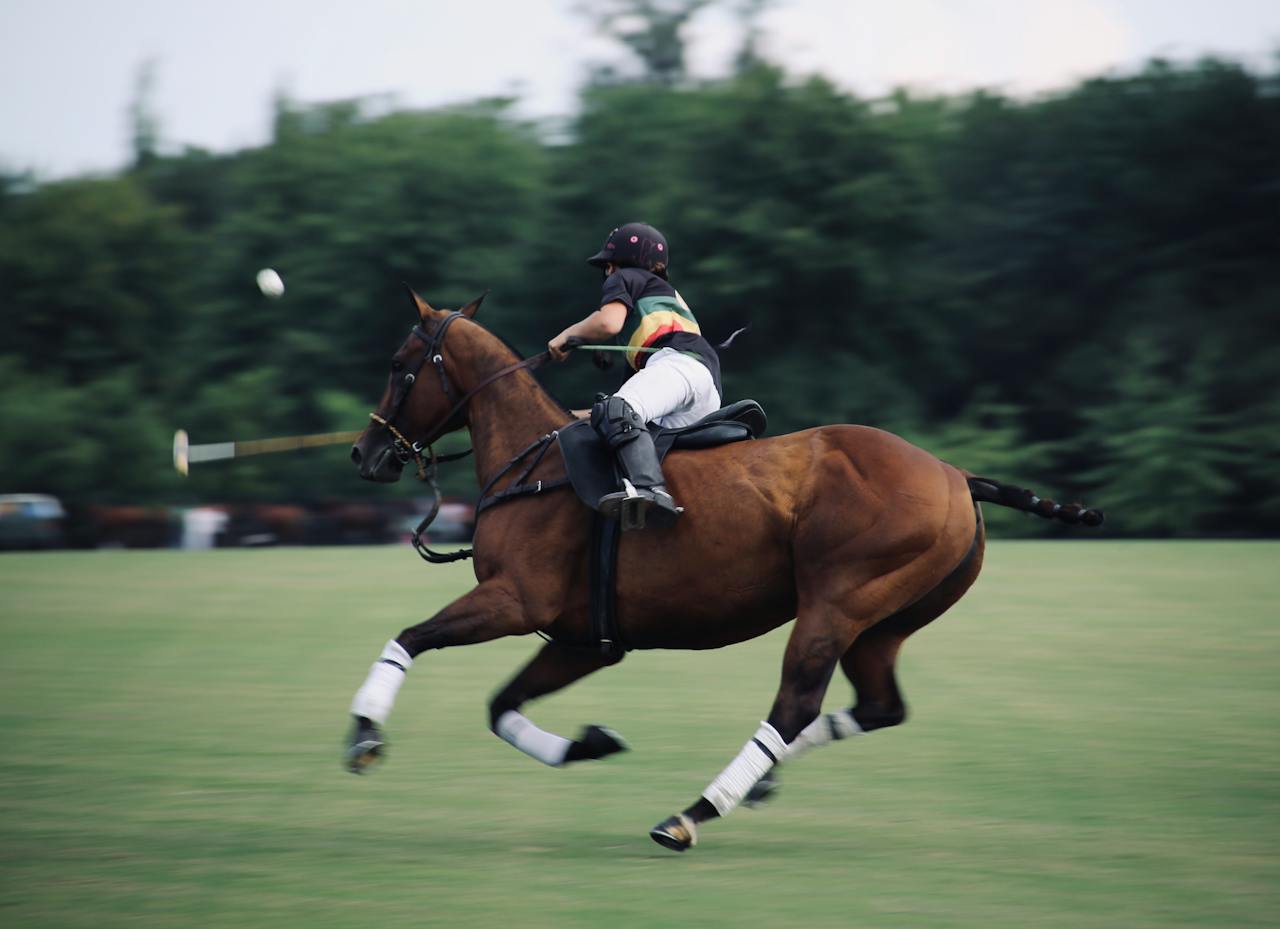Horseback riding is a rich and diverse discipline with styles that range from the elegant precision of dressage to the fast-paced action of polo. Each style reflects a unique set of skills, training techniques, and traditions. Whether you're a beginner or an experienced rider, understanding the differences between these popular riding styles can help you discover what suits your personality, goals, and passion.
Let’s break down the key horseback riding styles and what makes each one special:
1. Polo Riding Style
Polo is one of the most adrenaline-filled equestrian sports. Riders must have incredible balance, quick reflexes, and the ability to control the horse with one hand, as the other hand is used to swing the mallet. Unlike other riding styles, polo emphasizes agility, speed, and teamwork between horse and rider.
- Key traits: One-handed riding, short stirrups, forward seat for quick turns and speed.
- Focus: Speed, agility, coordination, and strategic team play.
- Horses used: Polo ponies – agile, fast, and highly trained to follow the ball and respond instantly.
At the Argentina Polo School in Mar del Plata, you can learn the specific techniques of polo riding from experienced instructors. You’ll not only master how to ride like a polo player but also play matches and experience the thrill of the sport in one of the world’s most iconic polo regions.
2. Dressage
Often called “horse ballet,” dressage is a highly disciplined and graceful riding style focused on the harmonious movement between rider and horse. The goal is to perform a series of precise movements known as "tests" that showcase the horse’s training, obedience, and balance.
- Key traits: Deep seat, long stirrups, subtle aids.
- Focus: Precision, control, elegance, and communication.
- Horses used: Warmbloods, Andalusians, and other breeds with strong balance and movement.
Dressage riders aim to make their work look effortless, even though it requires years of training and deep partnership with the horse.
3. Reining
Reining is a Western riding discipline where horse and rider execute a pattern of circles, spins, and sliding stops. It's similar to dressage but with a cowboy flair and is often performed at a gallop.
- Key traits: Loose reins, deep Western saddle, neck reining.
- Focus: Athleticism, control, and stylish maneuvers.
- Horses used: Quarter Horses are especially prized for reining due to their speed and responsiveness.
Reining reflects the traditional movements needed for working cattle on ranches but turns them into a polished performance sport.
4. Show Jumping
Jumping is all about precision, timing, and courage. Riders navigate a course of obstacles in an arena, aiming to complete it without knocking down any rails and in the fastest time possible.
- Key traits: Two-point position, short stirrups, strong leg and hand coordination.
- Focus: Agility, speed, and jumping accuracy.
- Horses used: Warmbloods and Thoroughbreds with powerful hindquarters and good technique.
Show jumping is often seen in international competitions and is one of the three Olympic equestrian disciplines.
5. Eventing (Combined Training)
Eventing is an equestrian triathlon that combines dressage, cross-country jumping, and show jumping. It tests the versatility and endurance of both horse and rider.
- Key traits: Adaptability to multiple disciplines.
- Focus: All-around skill and stamina.
- Horses used: Versatile sport horses bred for endurance and agility.
Choosing Your Style
Every riding style offers something different—from the thrilling team dynamic of polo to the elegant discipline of dressage. If you're looking to get started with a riding style that’s energetic, social, and tied to deep traditions, polo riding is an excellent choice.
And there’s no better place to learn than Argentina Polo School in Mar del Plata. Known internationally for its high level of instruction and world-class horses, the school welcomes beginners and advanced riders alike. You’ll gain the essential polo riding skills, understand horse behavior, and participate in real matches—all while soaking up Argentina’s vibrant polo culture.


